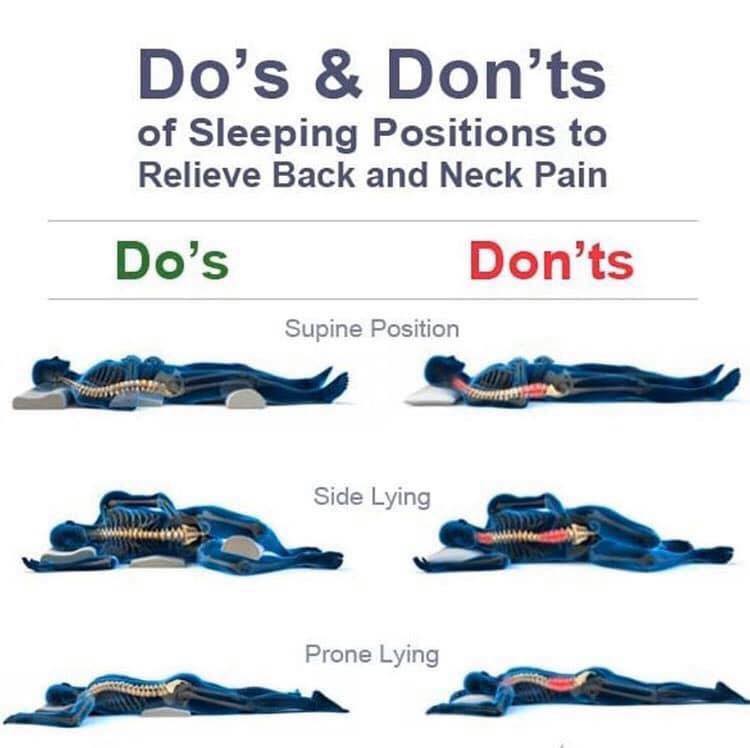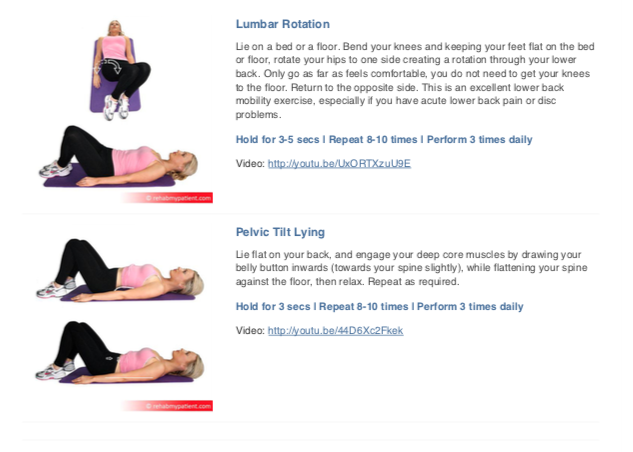Causes
There are many different reasons and causes for lower back pain. The main causes of pain that we see in clinic are;
Muscular Strain – Lumbar (lower back) muscle strains are the most common causes of low back pain and are caused when muscle fibres are abnormally stretched or torn. This tends to happen when doing an unaccustomed activity such as DIY, Gardening or lifting – something we don’t usually do but on this occasion over do it by lifting too much or completing the activity for too long. In essence its like signing up to the gym and then on your first session spending hours there with no breaks or trying to lift what you used to be able to all them many moons ago.
Facet Capsular Irritation – Facet joint capsules are the fibrous capsule that surrounds the vertebral facet or zygapophyseal joints. In English the facet is a joint found in the spine where two vertebrae (Spine bones) meet at the posterior aspect of your spine stopping excessive extension (back bending). The capsule, like it sounds, is a capsule that surrounds and lubricates the joint allowing smooth movement. In Lumbar facet capsule irritation syndrome it is a painful irritation of the posterior part of the lumbar spine. Swelling from the capsule and surrounding structures, can cause pain due to an irritation of the nerve roots.
Disc Herniation (NOT A SLIPPED DISC – DISCS DON’T SLIP -also called a prolapse, is where a soft cushion of tissue between the vertebrae bones in your spine becomes weak, the layers of the disc can become damaged weakening the structure allowing the centre of the disc to start to push outwards. This then creates a bulge, this bulge depending upon the severity can cause irritation and inflammation in the area which can cause nerve irritation and muscular spasming and if the disc bulge is big enough can compress the local nerves sending referred pain to other areas of the body.
Sacroiliac Joint (SIJ) Dysfunction – is improper movement of the joints at the bottom of the spine that connect the base of the spine (the sacrum) to the ilium (the pelvis). As a result, can lead to pain in the low back and legs, or inflammation of the joints known as sacroiliitis. Often one SIJ becomes restricted causing the other side to have to work harder, this then can cause this side to become over worked, and stretched therefore causing pain. SIJ dysfunction can also cause a twist through the pelvis which can cause a leg length discrepancy which then can lead to other problems and pain.
Stages
Everyone experiences occasional aches and pains at some point in their lives. In fact, sudden pain is an important reaction of the nervous system that helps alert you to a possible injury.
Acute stage – Acute pain can be mild and last for just a moment, or it can be severe and last for days or weeks. Often associated / coupled with muscle guarding or spasming making it difficult to perform normal daily activities including simple activities such as transitional movements for example; sitting from standing.
Chronic stage – Pain will usually become less severe as the initial injury heals. However, chronic pain is different from acute pain. With chronic pain, your body continues to send pain signals to your brain, even after an injury heals. This can last anywhere from several weeks to years. Chronic pain can limit your mobility and reduce your flexibility, strength, and endurance making daily tasks and activities much more challenging. What often happens with chronic pain is we start to adapt our posture or/& movement which then causes further problems and possibly further injuries down the line.
Advice for acute lower back pain –
Your initial reaction might be one of panic especially if you’re in excruciating pain coupled with muscle spasms making it very difficult to move. As long as you don’t have any red flags (medical term for severe symptoms – see below for red flags) then take a breath, book an appointment with your Osteopath for 2-3days time (not the same day) and follow the following advice;

Exercises for Acute Lower back pain


RED FLAGS to watch out for – If one or more are present you must seek medical advice